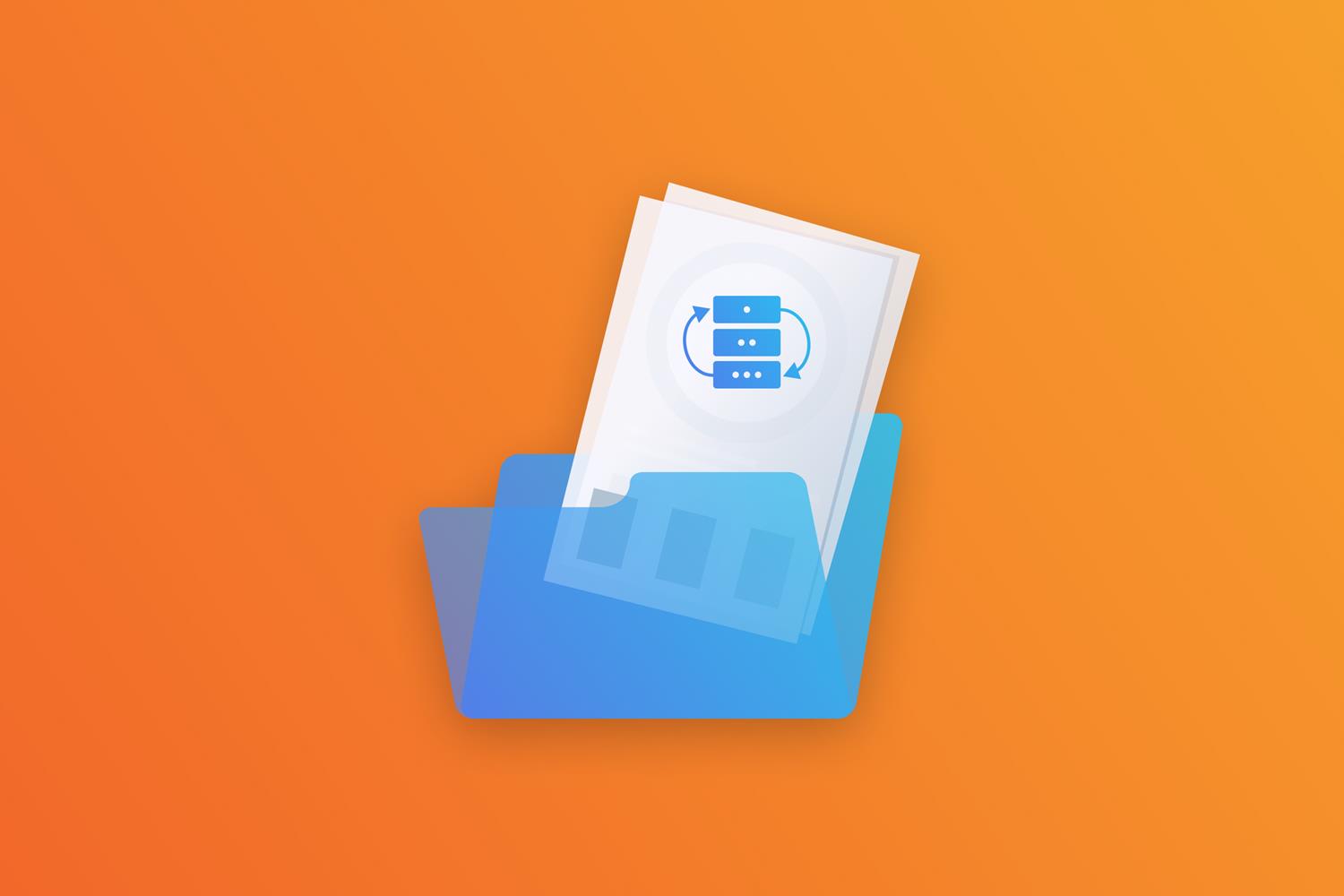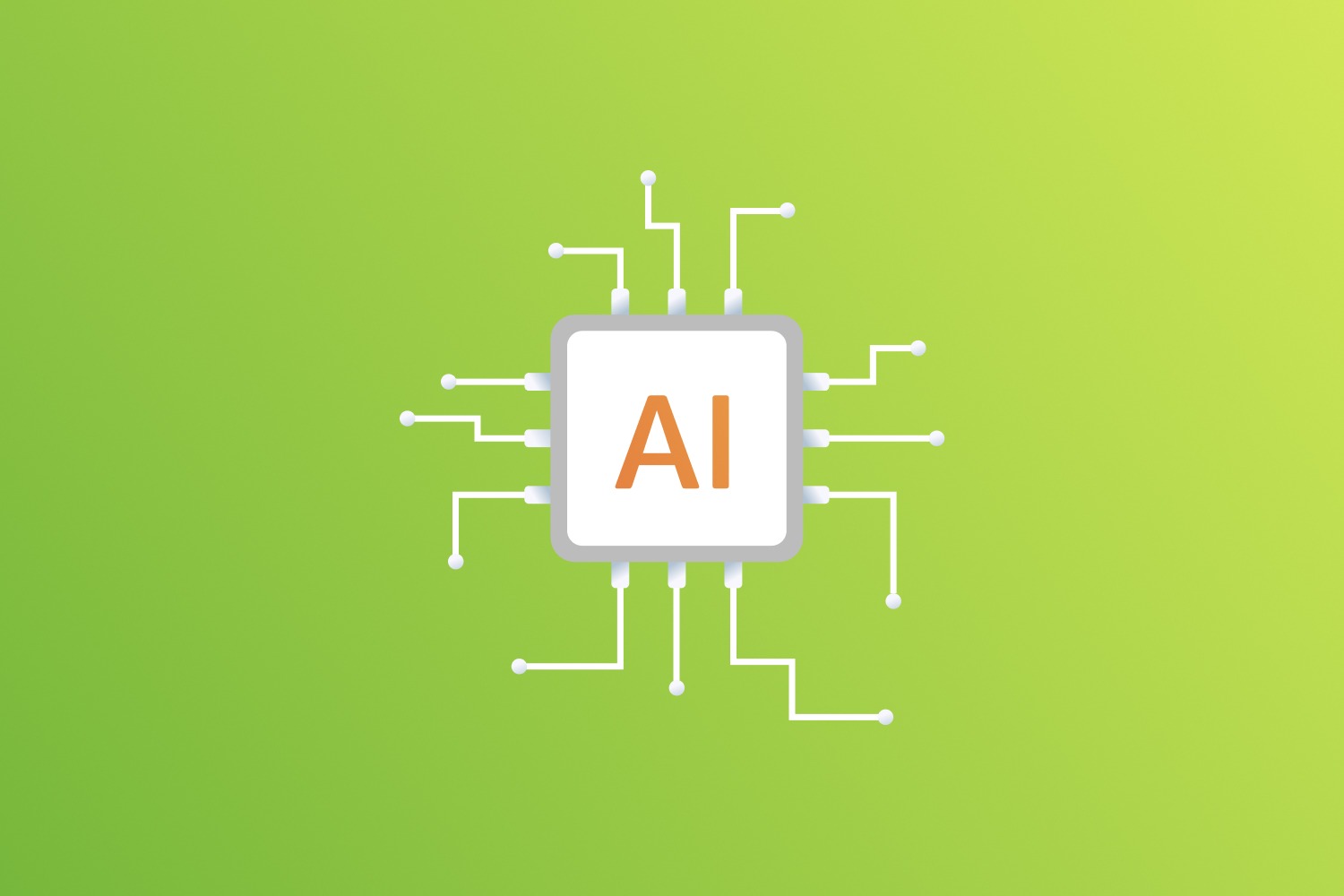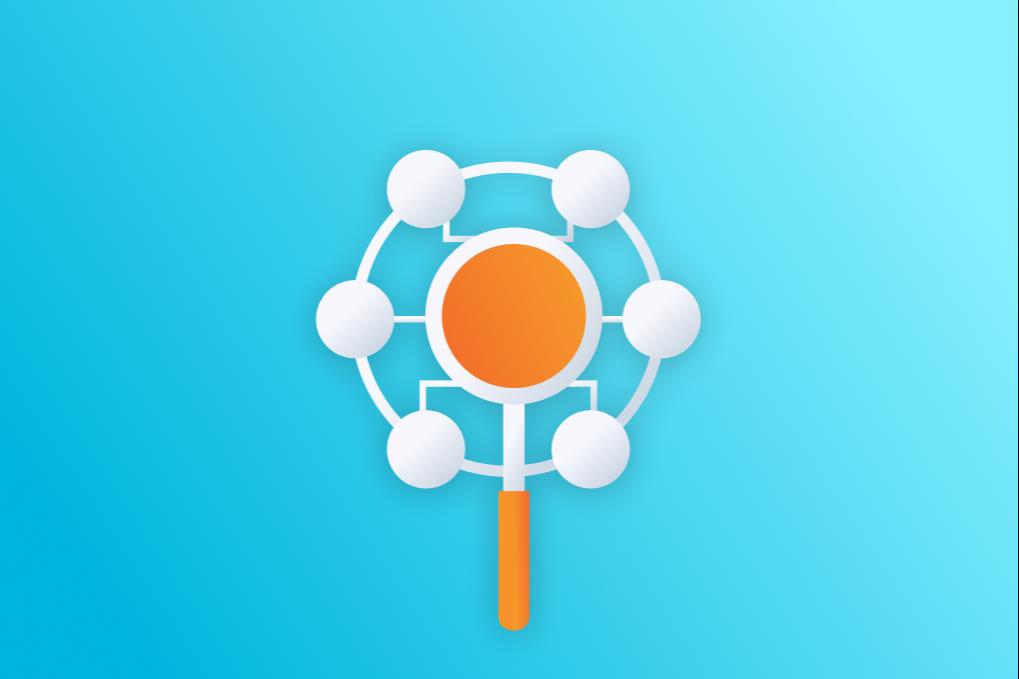DevOps is one of the most popular training directions at EPAM. DevOps engineers accompany the product at all life cycle stages, automating and accelerating development processes, increasing its efficiency and safety. Such diverse tools & skill sets have made them increasingly in demand in the international IT market.
In previous articles, we shared valuable materials and books for novices in the DevOps field. For today’s article, we asked Katsiaryna Yakuts, Junior Systems Engineer at EPAM Georgia, to explain widely used terms that every beginner should know.
Documentation
Documentation is an essential tool for DevOps teams, as it helps ensure everyone is on the same page and works towards the same goals. Here are some ways documentation can be a primary tool for DevOps: Standardization. Collaboration. Knowledge sharing. Onboarding.
Container
A container is a lightweight, portable package containing everything an application needs to run, including its code and dependencies, such as libraries and system tools. Think of it as a small, self-contained environment that can run anywhere without installation or setup.
Microservice
A microservice is a small, independent software component that performs a specific function within a more extensive application. It’s like a modular building block that can be used to build complex applications. Each microservice is self-contained, with its codebase, database and API, and it communicates with other microservices using well-defined interfaces.
Automation
Automation in DevOps refers to using technology to streamline and simplify repetitive, time-consuming tasks that are part of the software development and deployment process. It helps reduce the time and cost associated with manual tasks, improving quality and reliability and enabling teams to focus on higher-level tasks such as innovation and problem-solving.
Serverless
Serverless refers to a model of application deployment in which the cloud provider manages the infrastructure and automatically allocates resources as needed without requiring the user to provision or manage any servers. Such architectures are designed to be highly scalable, efficient and cost-effective.
Load balancer
A load balancer is a tool that distributes incoming traffic across multiple servers or instances to improve the performance, reliability and availability of applications.
Logging & monitoring
Logging and monitoring are used to collect and analyze data from an application or infrastructure to identify and diagnose issues and gain insights into performance and usage patterns.
CI/CD (Continuous Integration, Continuous Delivery)
CI/CD refers to practices and tools that automate software development and delivery, from code changes to production deployment. The goal of CI/CD is to enable teams to deliver high-quality software applications more quickly and reliably while reducing the risk of errors and downtime.
Pipeline
A pipeline is a set of automated steps to build, test and deploy an application or system. A pipeline typically includes a series of stages or phases, each performing a specific task or set of functions.
Agile
Agile is a set of software development principles and practices prioritizing collaboration, flexibility and continuous improvement. Agile methodology emphasizes the importance of close cooperation between developers, testers and other stakeholders throughout the software development lifecycle, focusing on delivering small, incremental changes to the application that can be tested and validated quickly.
Did we spark your interest? Then, you’re welcome to register for the DevOps training programs for beginners and start a new career path now.








